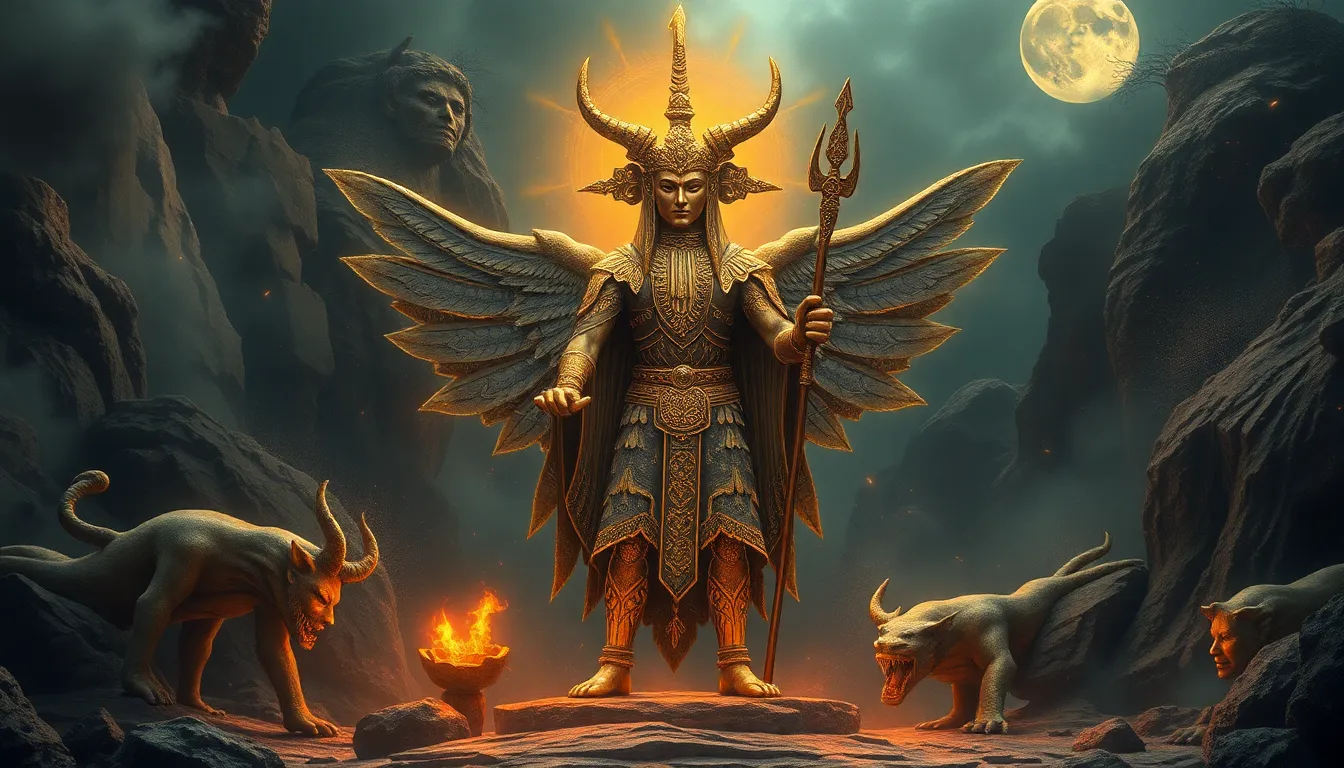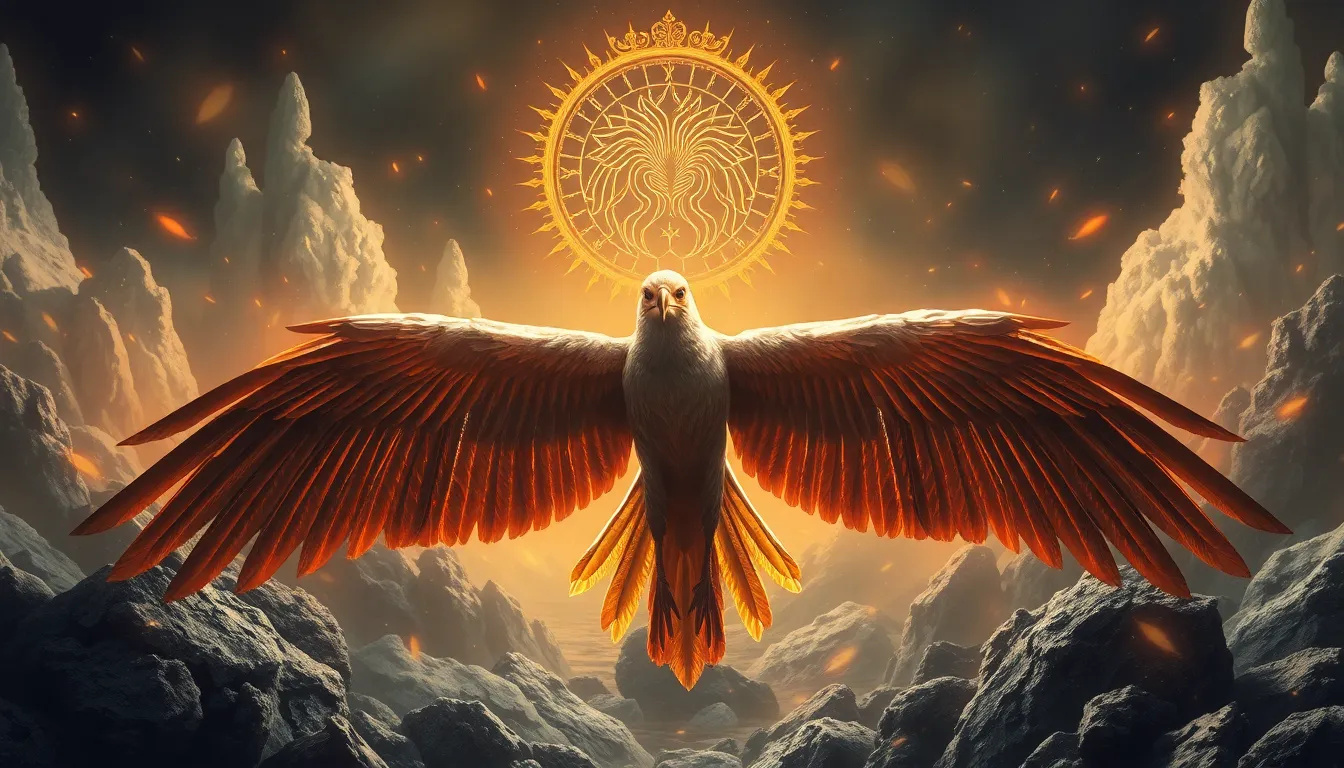The Most Captivating Myths of Ancient Deities and Their Influence
Myths have long been an integral part of human culture, serving as a lens through which ancient societies understood the world around them. These narratives often feature deities—powerful beings who embody natural forces, human emotions, and societal values. The myths surrounding these deities not only explain the mysteries of existence but also reflect the beliefs and traditions of the cultures from which they originate. This article aims to explore some of the most captivating myths of ancient deities and their enduring influence on contemporary culture.
The Origins of Myth: Understanding Ancient Deities
Ancient deities were conceived from the human need to explain the unexplainable. They often personified natural elements, such as the sun, moon, and earth, and were believed to influence human affairs. Myths arose from a combination of:
- Nature: Many deities represent natural phenomena, such as storms and harvests.
- Human Experience: Myths often reflect human emotions like love, fear, and ambition.
- Societal Values: Stories of deities reinforce cultural morals and ethics.
Creation myths are particularly fascinating, as they provide insight into how various cultures view the origins of the universe. For example, the Genesis creation narrative in the Judeo-Christian tradition contrasts sharply with the Babylonian Enuma Elish, showcasing diverse perspectives on creation.
Greek Mythology: The Pantheon of Power and Passion
Greek mythology is renowned for its rich tapestry of gods and goddesses, each with distinct personalities and domains. Key figures include:
- Zeus: King of the gods, ruler of Mount Olympus, and god of the sky.
- Hera: Queen of the gods, goddess of marriage and family.
- Poseidon: God of the sea, known for his temperamental nature.
Notable myths such as the story of Zeus’s numerous affairs, which often led to jealousy and conflict among the gods, illustrate themes of love, betrayal, and power struggles. Greek mythology has profoundly influenced Western literature and art, inspiring works from Homer’s epics to contemporary films.
Egyptian Deities: The Interplay of Life and Afterlife
In ancient Egypt, gods were integral to both daily life and the afterlife. Major deities included:
- Ra: The sun god, representing life and growth.
- Osiris: God of the afterlife, resurrection, and agriculture.
- Isis: Goddess of magic and healing, known for her devotion to Osiris.
Egyptian myths often revolve around themes of death and resurrection, prominently featured in the story of Osiris, who was killed by his brother Set and later resurrected by Isis. These myths influenced Egyptian culture profoundly, manifesting in their architectural marvels, such as the pyramids, which were built as tombs for the pharaohs—believed to be divine entities.
Norse Mythology: The Tales of Valor and Fate
Norse mythology presents a pantheon filled with complex characters and dramatic narratives. Key gods include:
- Odin: The all-father, associated with wisdom and war.
- Thor: God of thunder, known for his strength and protection of humanity.
- Loki: The trickster god, associated with mischief and chaos.
One of the most significant myths is Ragnarok, the prophesied end of the world, where gods and giants clash in a final battle. Themes of fate, heroism, and sacrifice resonate throughout Norse tales, influencing modern literature, films, and popular culture, as seen in Marvel’s depiction of Thor and Loki.
Hindu Mythology: The Complexity of Divine Narratives
Hindu mythology is characterized by a vast array of deities and intricate narratives that explore the nature of the divine. Major deities include:
- Brahma: The creator god, responsible for the universe’s creation.
- Vishnu: The preserver, who incarnates in various forms to restore cosmic order.
- Shiva: The destroyer, associated with transformation and regeneration.
Epic texts like the Mahabharata and Ramayana explore moral dilemmas and the complexity of dharma (duty), shaping the cultural and philosophical landscape of Indian society. Hindu myths continue to influence art, dance, and festivals, reflecting the enduring nature of these narratives.
Mesoamerican Deities: The Interconnection with Nature
Mesoamerican cultures, including the Aztecs and Mayans, had a rich pantheon of gods deeply connected to nature and agriculture. Key deities included:
- Quetzalcoatl: The feathered serpent god, associated with wind and learning.
- Tezcatlipoca: God of the night sky and sorcery, often in conflict with Quetzalcoatl.
Myths often revolved around agricultural cycles, sacrifices, and cosmic events. The stories of creation and the gods’ interactions with humans reflected the cultures’ reverence for nature, influencing contemporary spiritual practices and cultural celebrations in modern-day Mexico and Central America.
African Mythology: A Rich Tapestry of Beliefs
African mythology encompasses a diverse range of deities and beliefs across the continent. Prominent deities include:
- Nyame: The sky god in Akan mythology, representing creation.
- Ogun: The god of iron and war, revered in Yoruba culture.
Myths often explain creation stories, moral values, and community bonds. For instance, many African myths emphasize the importance of morality and the consequences of one’s actions. The influence of these myths is evident in African art, music, and oral traditions, showcasing a rich cultural heritage that continues to thrive today.
Conclusion
The myths of ancient deities provide fascinating insights into the values, beliefs, and experiences of past cultures. From Greek and Egyptian tales to Norse and Hindu narratives, these stories have shaped human thought and creativity, influencing literature, art, and spirituality throughout history. As we explore these captivating myths, we gain a deeper appreciation for the intricate tapestry of human culture and the timeless nature of storytelling.



